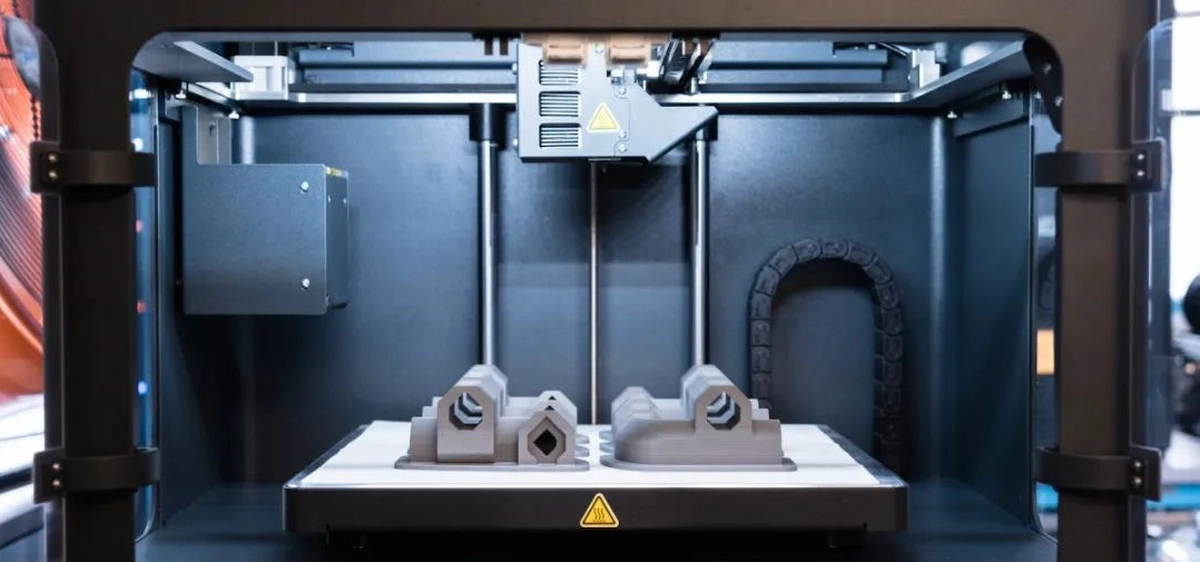What type of motors are used in printers?
2024-05-23 10:35:56
Printers play a vital role in offices, homes, and various industries, allowing us to transfer digital information onto physical media. Printers rely on various components, including motors, to perform their precise and intricate tasks. In this article, we will explore the different types of motors commonly used in printers.
I. The Role of Motors in Printers
Motors are crucial components in printers as they enable the movement and control of various mechanisms involved in the printing process. They contribute to the precise positioning of the print head, paper feed, and other moving parts, ensuring accurate and high-quality output. Let's delve into the specific types of motors employed in printers:

II. Stepper Motors
Stepper motors are widely utilized in printers due to their ability to provide precise positioning control. They are commonly found in the following printer mechanisms:
Print Head Positioning
Stepper motors are often used to control the movement of the print head carriage. The print head, which contains inkjet nozzles or pins for impact printing, must be accurately positioned to achieve precise printing alignment. Stepper motors allow for precise control over the print head's lateral movement, ensuring accurate placement of ink or impact for each dot or character.
Paper Feed Mechanism
Printers employ stepper motors to control the paper feed mechanism, which advances the paper through the printer during the printing process. Stepper motors allow for precise control over the amount and timing of paper movement, enabling accurate registration and preventing paper jams.
III. DC Motors
In addition to stepper motors, printers also use DC motors for various functions. DC motors offer advantages such as compact size, high torque, and smooth operation. Let's explore their applications in printers:
Paper Pickup and Separation
DC motors are commonly employed in the paper pickup and separation mechanism. This mechanism ensures that only one sheet of paper is fed into the printer at a time. The DC motor drives rubber or friction rollers that grip and separate the paper from the paper tray, ensuring smooth and reliable paper feeding.
Paper Transport
DC motors are used to drive the paper transport mechanism, which propels the paper through the printer once it is picked up. These motors provide the necessary torque to move the paper at a consistent speed, ensuring accurate printing alignment and preventing paper skewing.
IV. Other Motor Applications:
While stepper motors and DC motors are the primary motor types used in printers, some printers may incorporate other motor technologies for specific purposes. These may include:
Servo Motors
Some high-end printers, particularly those used in professional graphics and large-format printing, may employ servo motors. Servo motors offer precise control and high-speed operation, making them suitable for applications that demand exceptional accuracy and print quality.
Linear Motors
In certain specialized printers, such as those used for 3D printing or direct-to-garment printing, linear motors may be utilized. Linear motors provide linear motion instead of rotational motion, enabling precise control over the print head movement along multiple axes.
Factors affecting the choice of printer motor
- Printing Speed: Motors must provide sufficient torque and speed to meet the printer's throughput requirements.
- Accuracy: Precision motors are essential for achieving high-resolution printing and accurate color registration.
- Cost: Budget constraints may dictate the selection of motors with the optimal balance of performance and affordability.
- Space Constraints: Compact motors are favored in printers where space is limited, such as desktop models.
- Reliability: Motors must withstand continuous operation and provide long-term reliability to minimize downtime and maintenance costs.
Conclusion
Printers rely on various types of motors to ensure precise movement and control of crucial components involved in the printing process. Stepper motors are primarily used for accurate print head positioning and paper feed control, enabling precise alignment and preventing paper jams. DC motors play a critical role in paper pickup, separation, and transport, ensuring smooth and reliable paper handling. In somecases, printers may incorporate servo motors or linear motors for specialized printing applications that demand exceptional accuracy and performance.
See What Lunyee Can Do For You
Contact Us
- 8619149417743
- +86-0371-5562 0274
- [email protected]
- Zhengzhou, Henan Province, China
- Mon-Fri: 9:00 - 18:00




